Digital invoicing can make you money. Fortunately, the paper invoice by mail is already passé at most companies. But the PDF invoice by e-mail is also still widely used. Nothing wrong with that, but it can be even easier.
Why invoice digitally?
Digital invoicing involves automatic exchange of invoices between your system and that of the other party. Exchanging these XML invoices has a few key advantages:
- Faster processing: the digital invoice does not end up in a pile, but can be processed and paid directly by the counterparty's software.
- Fewer errors: in the billing process with the digital invoice, you go through fewer physical actions, which means errors are less common. Think wrong addresses, lost invoices or late processing.
- Time (and therefore cost) savings.: no paper and ink, no postage, fast and cheap filing, fast and cheap processing.
- Environmentally friendly: the digital invoice avoids taxing the environment by printing or scanning invoices.
So why don't we do it en masse?
There is a good reason why digital invoicing is only steadily gaining ground. The counterparty's digital invoice format often does not match its own. There are many (industry-specific) formats in use, from old-fashioned EDI messages to modern UBL messages. And you want to fully deploy digital invoicing in your organization, not for a handful of business partners.
Are there any parties that can help with this?
There are several so-called billing service providers that can help you receive and send digital invoices properly. They are a kind of intermediary in the relationship between invoice sender and invoice recipient. They can help you receive, send, validate, archive and pay invoices. But also with linking to software packages and portals, conversion to recipient format, regulations and authorization workflow.
Clearly agree in advance with your billing service provider which activities are and are not included, so you avoid nasty surprises. Calculate how much you can save with digital billing and you will soon know if it is something for your organization.
As Product Owner, Joan Gaastra has the wheel in his hands at Dysel. He determines which functionality will be developed and where the priorities lie.
